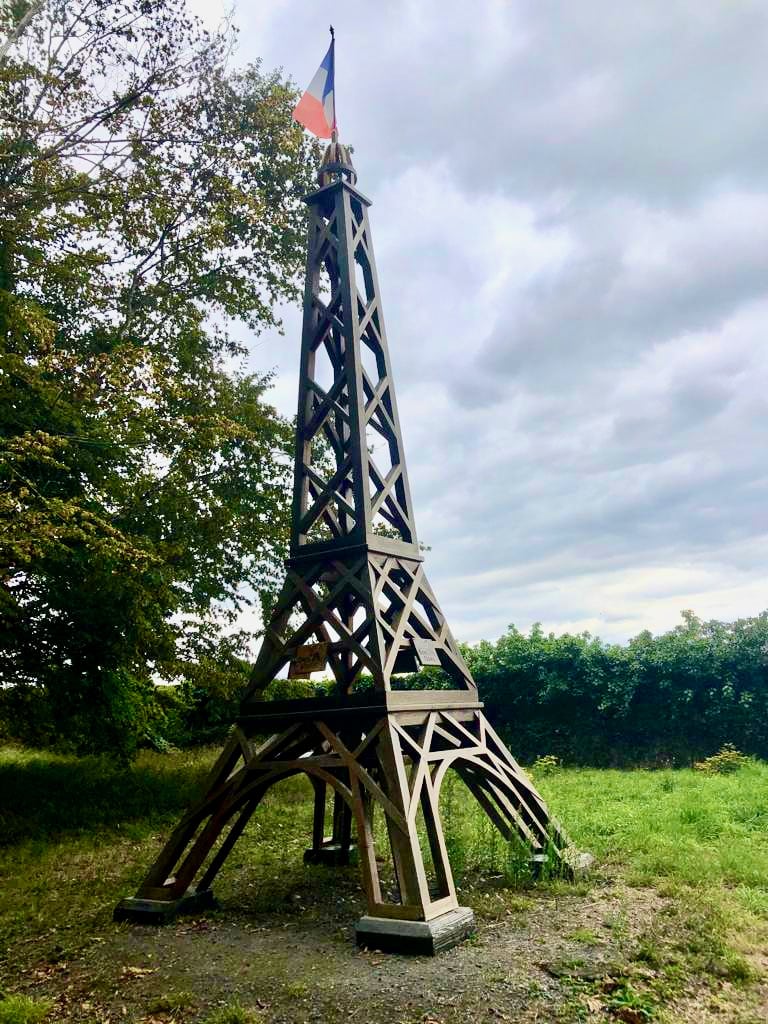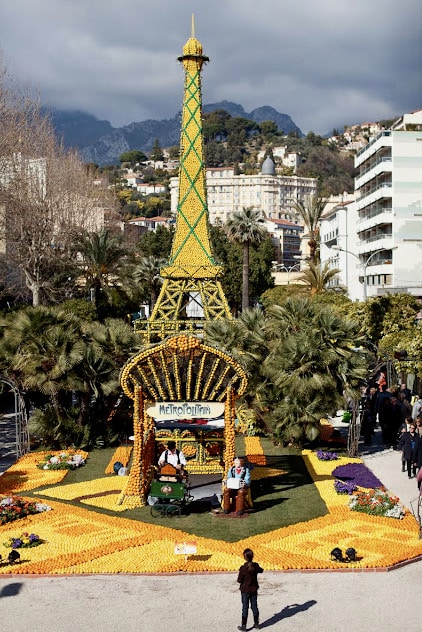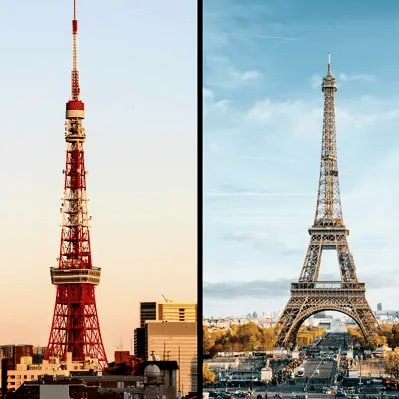Eiffel Tower: the world's most unusual Replicas of The Iron Lady of Paris
The Eiffel Tower, the second-most copied monument in the world, has stood for over 130 years on the banks of the Seine at the northwestern end of the Champ-de-Mars. It remains an emblem of the City of Lights and France. Gustave Eiffel, who died on December 27, 1923, and whose centennial of death is being celebrated, remained faithful to the structure that bears his name: he even refused to participate in the construction of a replica in London, the Watkin Tower (Watkin's Folly), which never came to fruition. Of course, it is not the Seine or Paris, but amazing reproductions have sprung up all over the world, and they are worth a visit.
Barely inaugurated on March 31, 1889, the Eiffel Tower has aroused covetousness and Gustave Eiffel received offers of service. Solicited to build in London a tower taller than the original – ‘Anything Paris can do, London can do bigger!’ proclaims its creator, the MP and businessman Edward Watkin – the Iron Wizard turned his back on this ill-considered project, which turned out to be a fiasco:
"I am convinced," he wrote to Watkin in a letter dated April 21, 1890, "that [its] location is unstable and its design is inefficient. I cannot take responsibility for such a structure, which would be dangerous to the public. If I accepted it, the French would not believe that I am as good a Frenchman as I think I am. The Eiffel Tower is a symbol of France and its technological progress. I would not want it to be associated with such a construction."
All the capitals and Paris of the world want their own Eiffel Tower
Like many major capitals (Berlin, Prague, Tegucigalpa, Mexico, Guatemala City…), Paris (Mississippi), Paris (Tennessee), Paris (Texas) and Parys in South Africa have their own Eiffel Tower. As for its counterpart in Parij, a Russian village in the Urals, it spends part of the year with its pillars in the snow. Just like its recent copy, completed in 2009, in Montmartre, which endures harsh winters. Founded by French natives of the Montmartre district, this village (with fewer than 500 inhabitants) in the Canadian province of Saskatchewan has earned the nickname of “Paris of the Prairies.”

An Eiffel Tower built from Alpine wood in 2013 in the gardens of a Renaissance chateau in the Loire Valley, the Château de la Bourdaisière.
A field, the garden of a Loire Valley castle: strange places for an Eiffel Tower
Imitations can also be found in cities that are difficult to pinpoint on a map, such as Abakan in Russia (Eastern Siberia), Bloemfontein in South Africa or Bishkek, the capital of Kyrgyzstan, a country very fond of Eiffel Towers.
Across the globe, unexpected copies can be found in Sydney, on the top floor of the AWA Tower; in Satteldorf, Germany, at the very top of an office building; and in Rio de Janeiro, amidst the unusual Haussmann-style buildings of South America
Its iconic silhouette stands at the heart of shopping centers like in Manila, Philippines, or in the middle of nowhere in a field in Slobozia, Romania. It is barely noticeable in the gardens of a Loire Valley castle, that of la Bourdaisière, which houses a wooden replica built in 2013 by young apprentices. Intriguingly, its enigmatic presence in the peaceful French cemetery of Saint-Hilaire (Meuse) is puzzling, especially since only its base remains.

A citrus Eiffel Tower built in Menton in 2012 for the fête du Citron (the Lemon Festival).
Eiffel Towers for Every Taste
Weighing nearly 9,700 tons, the original Eiffel Tower is composed of over 75% metal structures, hence its nickname ‘Iron Lady.’ This is not the case for its counterpart in Udon Thani, Thailand, which is made of perforated fabric with bulbs representing the floors.
In Gasquet, Quebec (Canada), there is a stone replica made of river pebbles native to the region. There are also cardboard copies in Taichung (Taiwan), and wooden ones in the Copenhagen Zoo, and in Waldighoffen (Haut-Rhin, France).
Designed at a 1/50 scale by two local craftsmen, Lucien Eglin and Henri Ueberschlag, the latter was constructed for the Liberation Day celebration held on September 9, 1945. Made up of 364 pieces of wood of all sizes, this six-meter-high replica, now lost, stood on columns in the center of the dance floor where the popular Liberation ball took place.
Some ephemeral imitations were even made with perishable materials: from croissants in Vilnius, Lithuania, whiskey bottles in South Korea, or lemons in Menton (French Riviera, France).

The Eiffel Tower and Its Tokyo Cousin (screenshot from the expeditiontokyo.com website).
Exact Replicas of the Eiffel Tower
Astonishingly for reproductions designed, in most cases, on a reduced scale, its Tokyo cousin exceeds the original in size. Completed in 1958, it is the second-tallest monument in Japan. Its spire reaches 333 m, nine meters higher than its Parisian model, which until recently stood at 324 m. Since March 22, 2022, it has officially stands at 330 m: just a few days short of its 133rd birthday, the Gustave Eiffel’s tower grew six meters, thanks to the installation of a new antenna dedicated to digital radio (DAB+).
Despite the diversity of its imitations, the Eiffel Tower remains an emblem of France and the French spirit. For the best, like its replica, a symbol of freedom, built in Kharkov (Kharkiv), Ukraine, near the Café de Paris on Boulevard de France. Or for laughter, such as this ephemeral copy carried by a French runner during the New York Marathon!
How useful was this post?
Click on a star to rate it!
Average rating 5 / 5. Vote count: 22
No votes so far! Be the first to rate this post.


